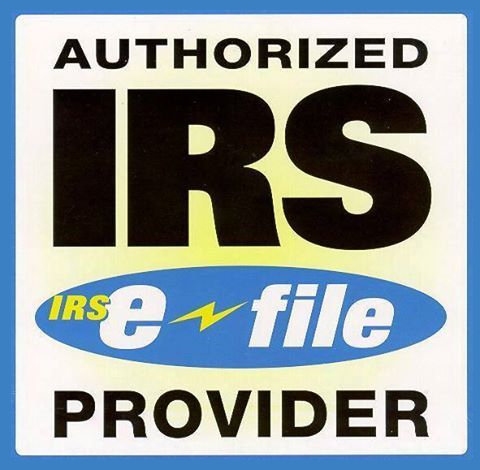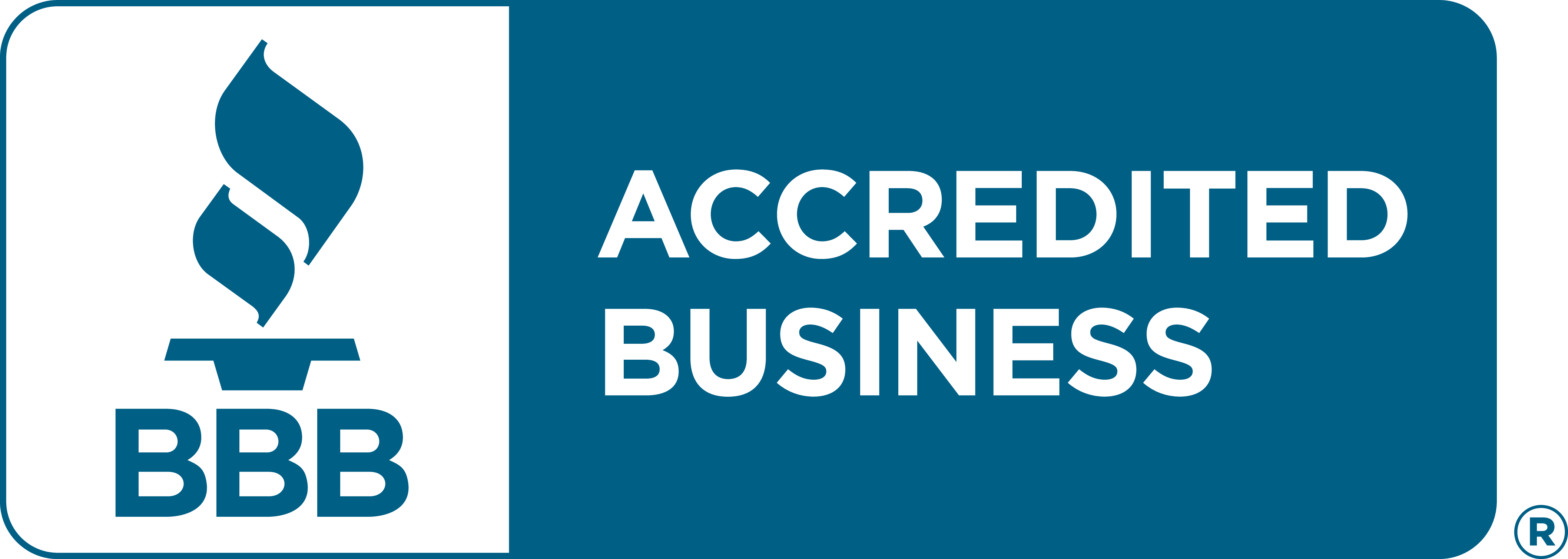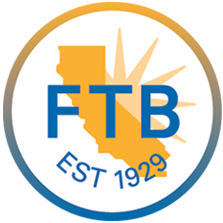If you are an employer in the U.S, staying compliant with the IRS requirements is important.
Form 941 plays a key role in reporting taxes withheld from employee wages, along with the employer’s share of taxes.
In this resource, we will guide you through all the necessary information you need to know before filing Form 941.
What is Employer’s Quarterly Federal Tax Return?
Form 941 (Employer’s Quarterly Federal Tax Return) is used by employers to report:
- Federal income tax withheld from employees wages
- Social Security and Medicare (FICA) taxes withheld
- The employer’s share of Social Security and Medicare taxes
Stay Compliant Every Quarter with the IRS using TaxZerone!
E-file your Employer’s Quarterly Federal Tax Return with TaxZerone for fast, secure, and IRS-approved filing.
Depositing Employment Taxes: Monthly vs Semiweekly Schedule
Employers must deposit payroll taxes through EFTPS ( eftps.gov) according to their IRS-assigned deposit schedule, which is based on their lookback period liability:
If your tax liability is $2,500 or more or you meet the $100,000 next-day deposit rule, you must follow the monthly or semiweekly deposit schedule.
Monthly Depositor
- If you reported a total tax liability of $50,000 or less for the lookback period.
- Deposit your payroll taxes by the 15th of the following month.
Semiweekly Depositor
- If your total tax liability for the lookback period ismore than $50,000.
- Deposits depend on payday:
| If the payday falls on | Then deposit your taxes by the following |
|---|
| Wednesday, Thursday, and/or Friday | Wednesday |
| Saturday, Sunday, Monday, and/or Tuesday | Friday |
Your deposit schedule is not the same as your Form 941 filing due date. Filing is quarterly, but deposits must be made throughout the quarter.
What is Form 941 Schedule B?
Semiweekly depositors must file Schedule B along with their Form 941.
- It provides a daily breakdown of your tax liability.
- The IRS uses this to match your deposits to your reported liabilities.
- Even if deposits were made correctly, an incorrect Schedule B may result in IRS penalties.
How can I pay the balance due on Form 941?
You can pay your balance due when filing Form 941 if the following conditions are met:
- Your total taxes after adjustments and nonrefundable credits (line 12) are less than $2,500 for the current quarter or the prior quarter, and
- You didn’t incur a $100,000 next-day deposit obligation during the current quarter.
If these conditions apply, you may send your payment with Form 941 using several IRS - approved methods
- Electronic Federal Tax Payment System (EFTPS)
- Electronic Funds Withdrawal (EFW)
- Credit/debit card
- Check or money order
Electronic Federal Tax Payment System (EFTPS)
- EFTPS is a is a free service offered by the U.S. Department of the Treasury. It is a convenient method for businesses and individuals to pay the federal taxes online or over the phone.
- Visit eftps.gov to schedule your payment with the IRS.
Electronic Funds Withdrawal (EFW)
- If your Form 941 total tax due is less than $2,500, you are eligible to use the EFW option.
- Provide the Bank routing number, Account type (Checking or Savings), Bank account number and Taxpayer phone number. So that the IRS can withdraw the payment on the selected date.
Credit or debit card
You can pay the balance due by using Credit or debit card through an IRS-authorized payment processor.
Check or Money Order
- If you choose to pay by paper, you can mail a check or money order to the IRS. For quicker and more secure payments, consider e-filing instead.
- Mail your Form 941-V along with your check or money order to the address below:
Do I Need to File IRS Form 941 If No Wages Were Paid?
Yes, even if no wages were paid to employees during the quarter, you must file a “zero return”unless the IRS has granted you seasonal status or you have filed a final return indicating your business has closed or stopped paying wages.
Due Date for Form 941
The Form 941 due date falls on the last day of the month following the end of each quarter.
| Quarter | Reporting period | Due Date |
|---|
| Quarter 1 | January - March | April 30* |
| Quarter 2 | April - June | July 31* |
| Quarter 3 | July - September | October 31* |
| Quarter 4 | October - December | January 31* |
* If the due date falls on a weekend or federal holiday, the next business day will be considered.
Note: If you deposit all your taxes on time and in full, you are granted an automatic 10-day extension to file your Form 941.
Where Should I Mail Form 941?
The IRS mailing address for Form 941 depends on your state and whether you are sending a payment with your return. To find the right mailing address, check out Form 941 mailing address.
The IRS encourages e-filing, it is faster, easier, and helps you avoid mistakes.
Form 941 vs Form 940: What is the Difference?
Let’s see the quick difference between Form 941 and Form 940.
| Feature | Form 941 | Form 940 |
|---|
| Form Name | Employer’s Quarterly Federal Tax Return | Employer’s Annual Federal Unemployment ( FUTA) Tax Return |
| Purpose | Reports income taxes, Social Security, and Medicare
( FICA tax) withheld from employee wages | Reports annual federal unemployment taxes paid by employer |
| Filing Frequency | Quarterly | Annually |
| Who Pays the Tax | Both employer and employee | Employer only |
| Applicable To | Employers with employees | Employers that paid more than $1,500 in wages on a quarter or had minimum one employee in 20+ weeks of the year |
| Filing Deadlines | - April 30
- July 31
- October 31
- January 31
| January 31 |











